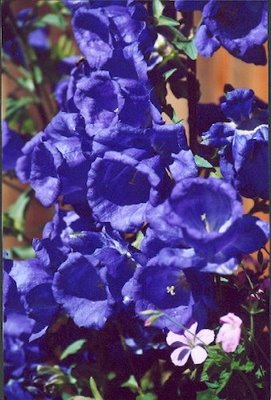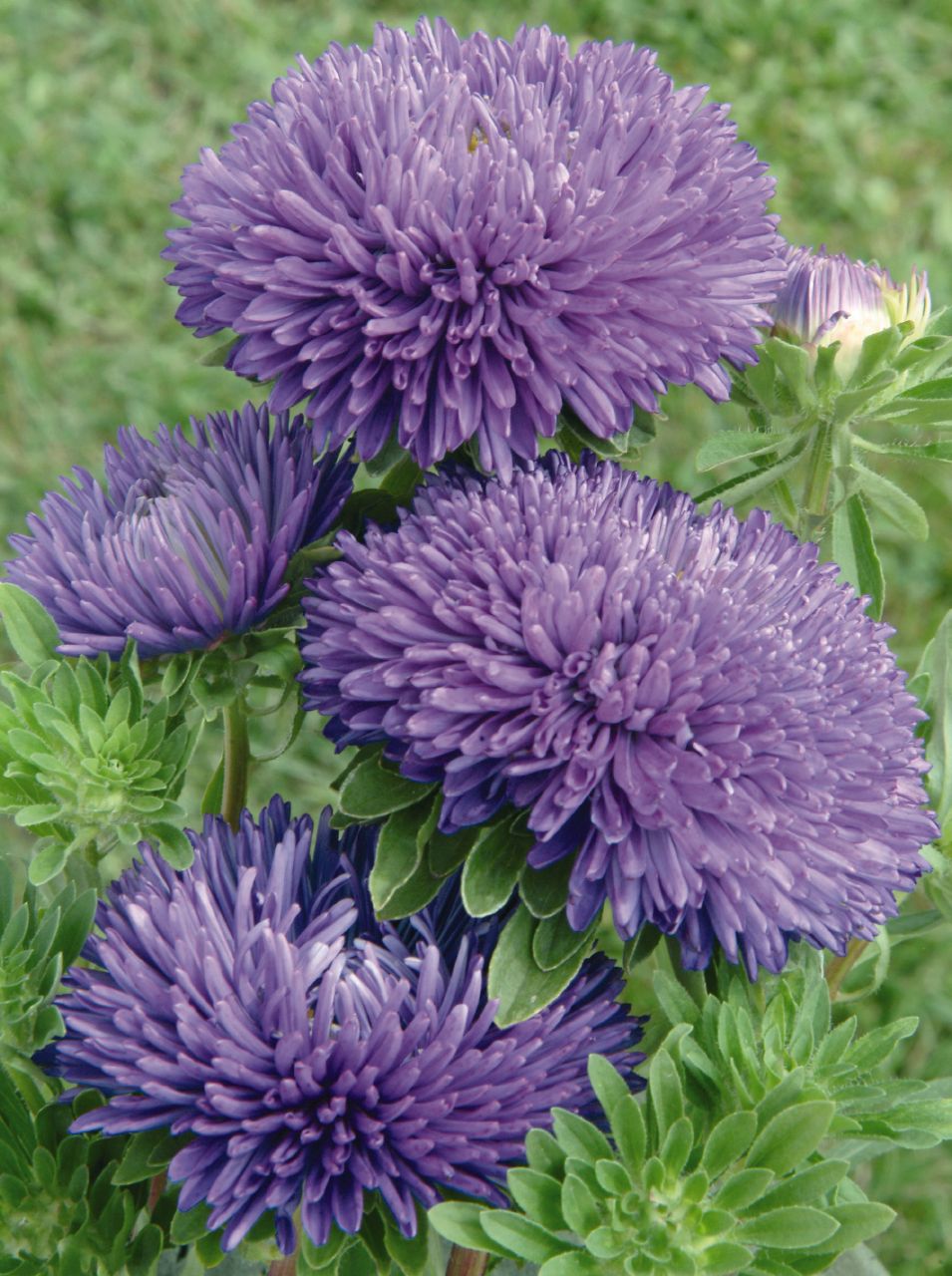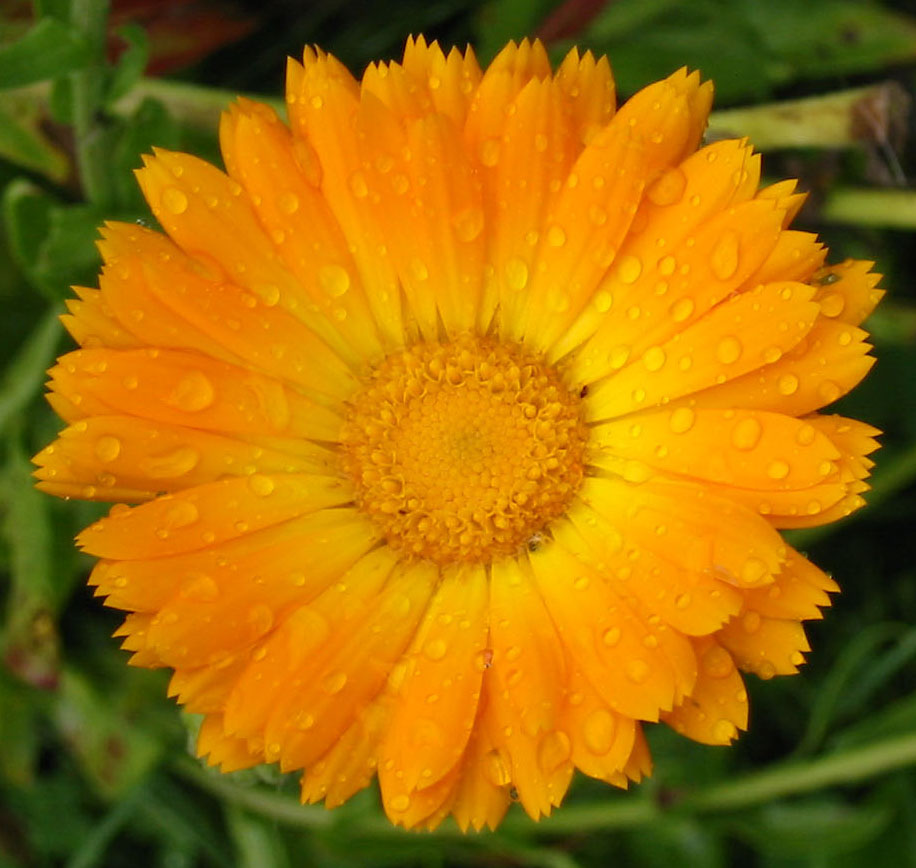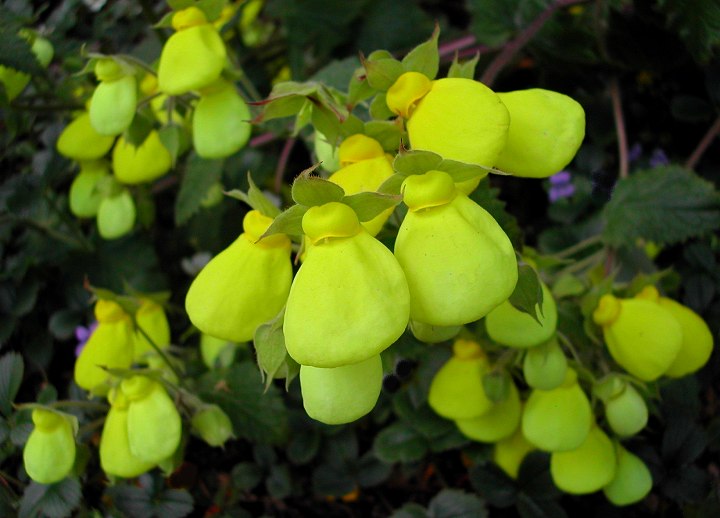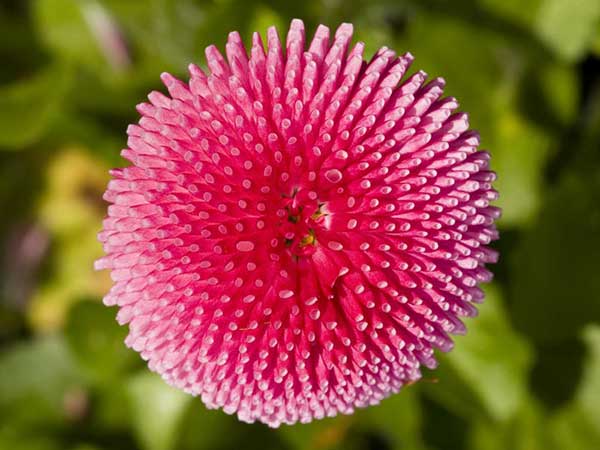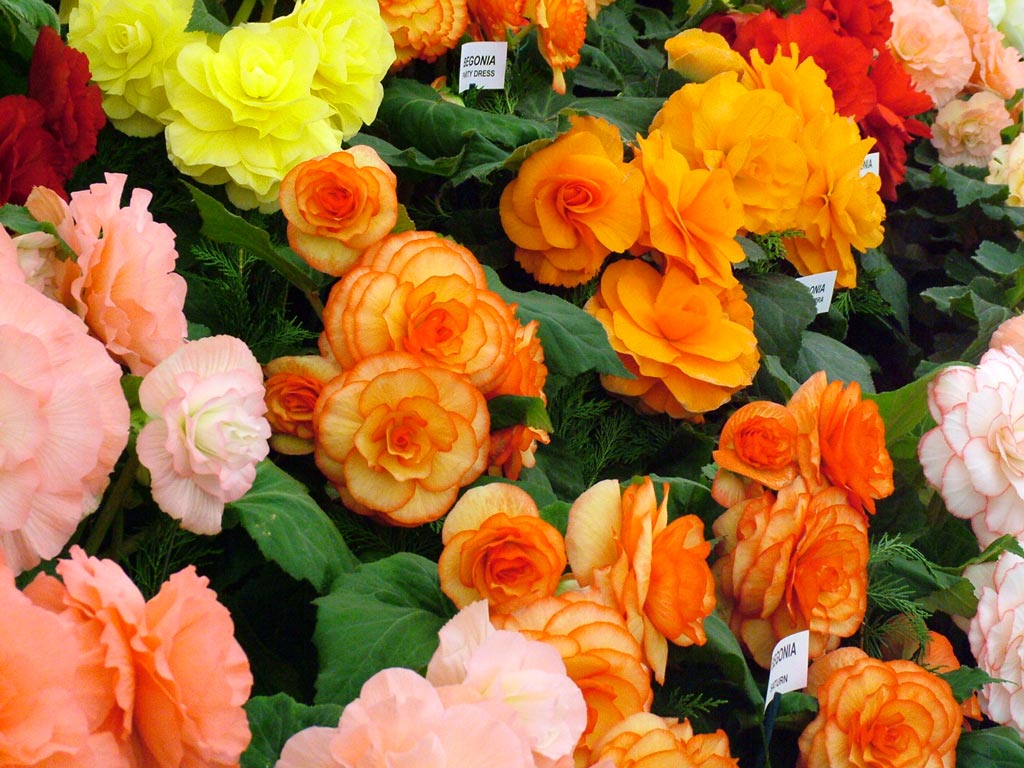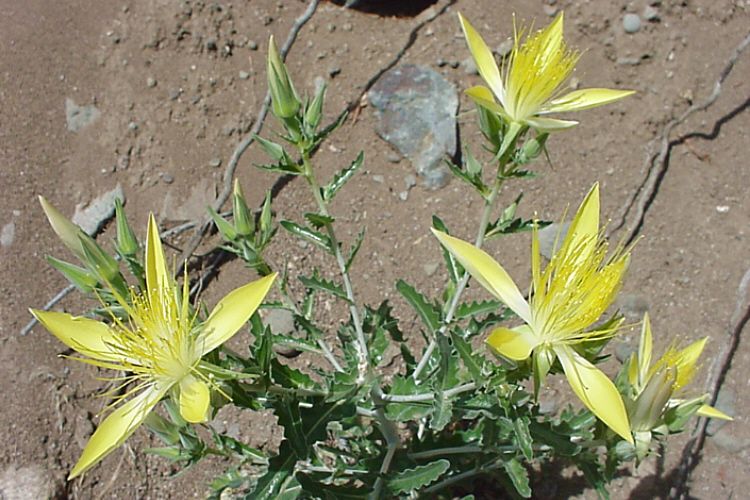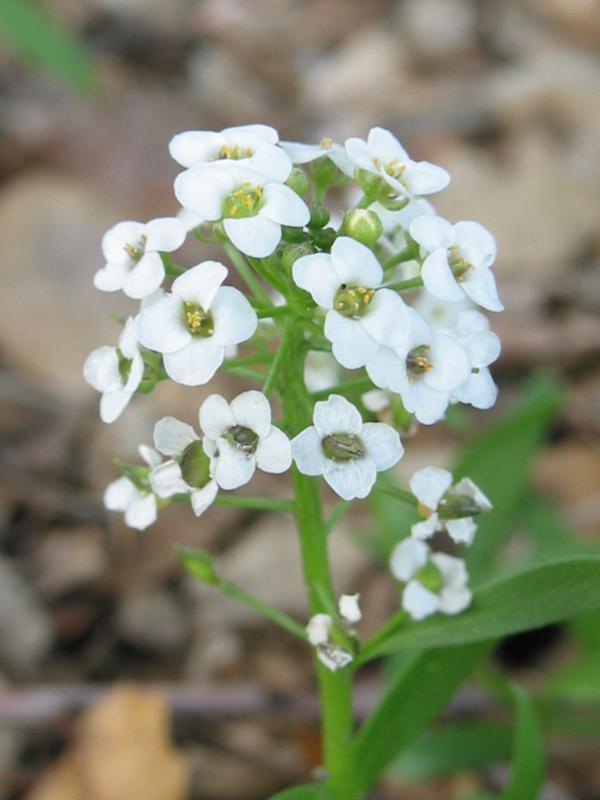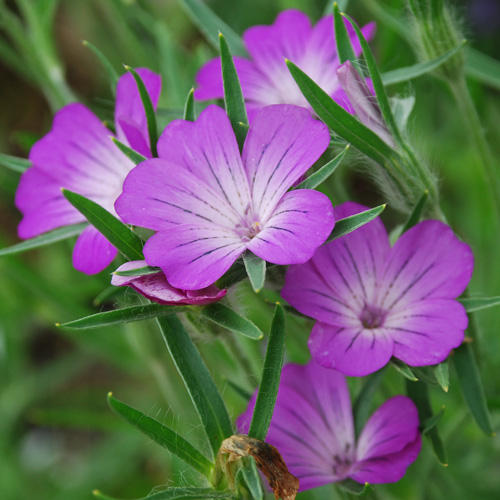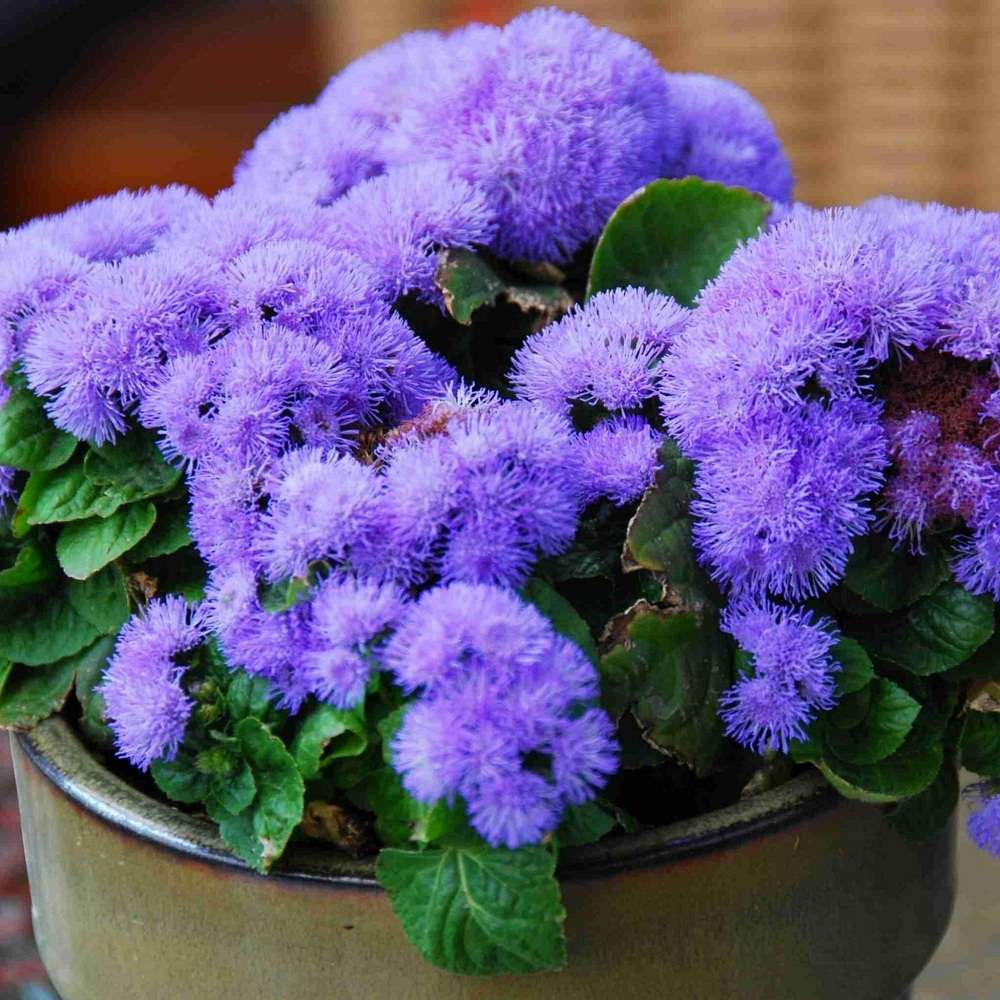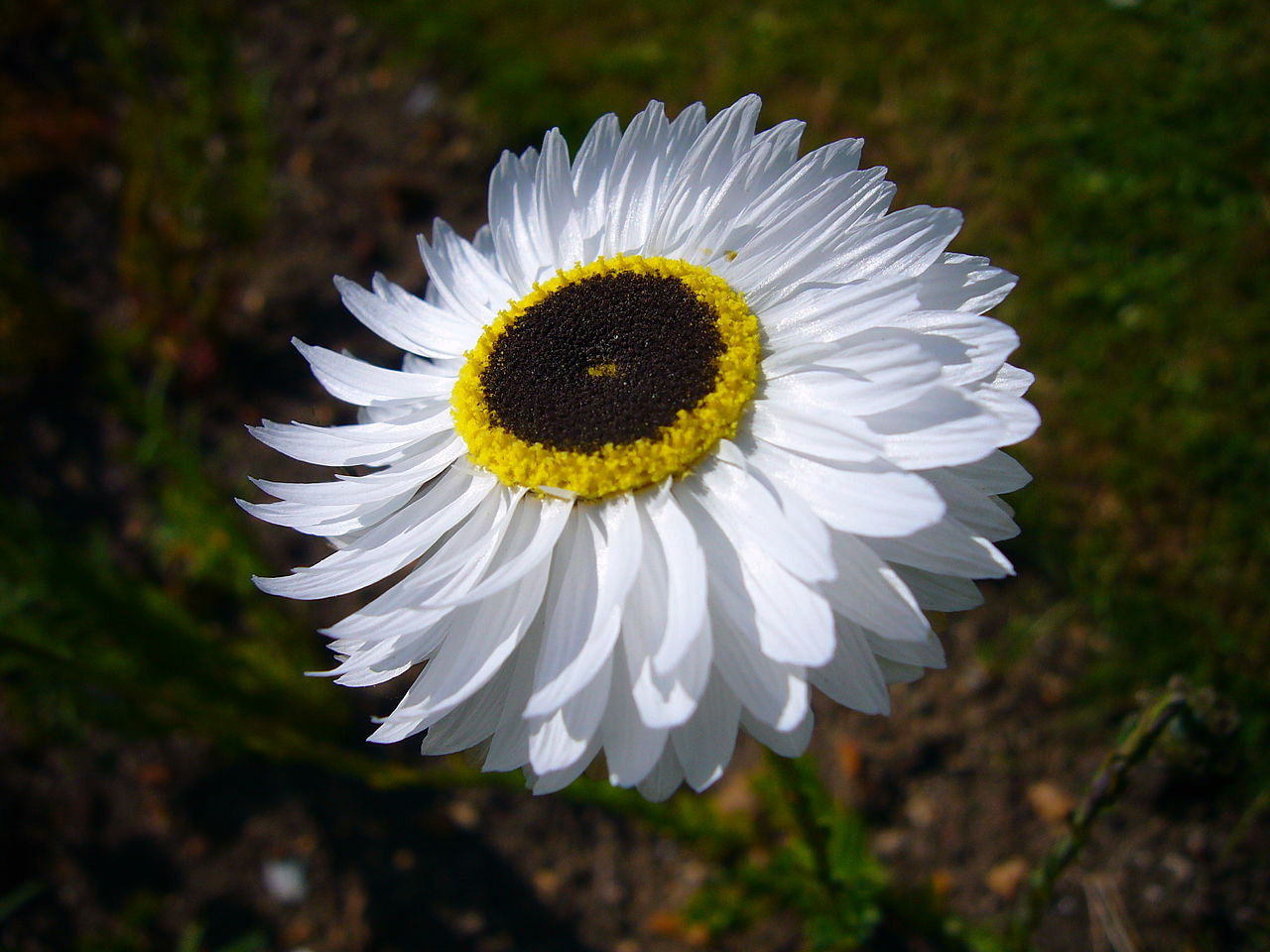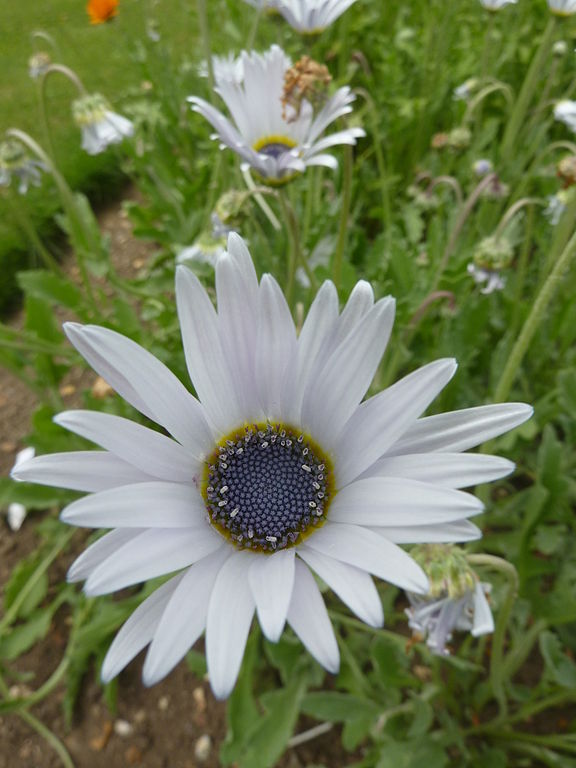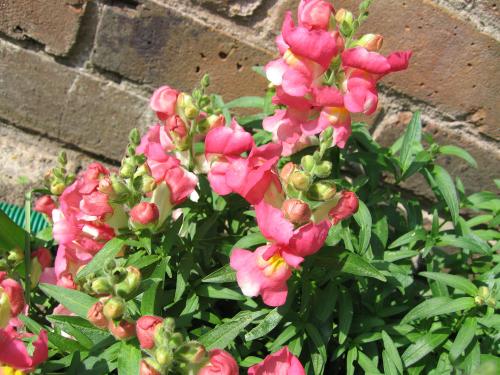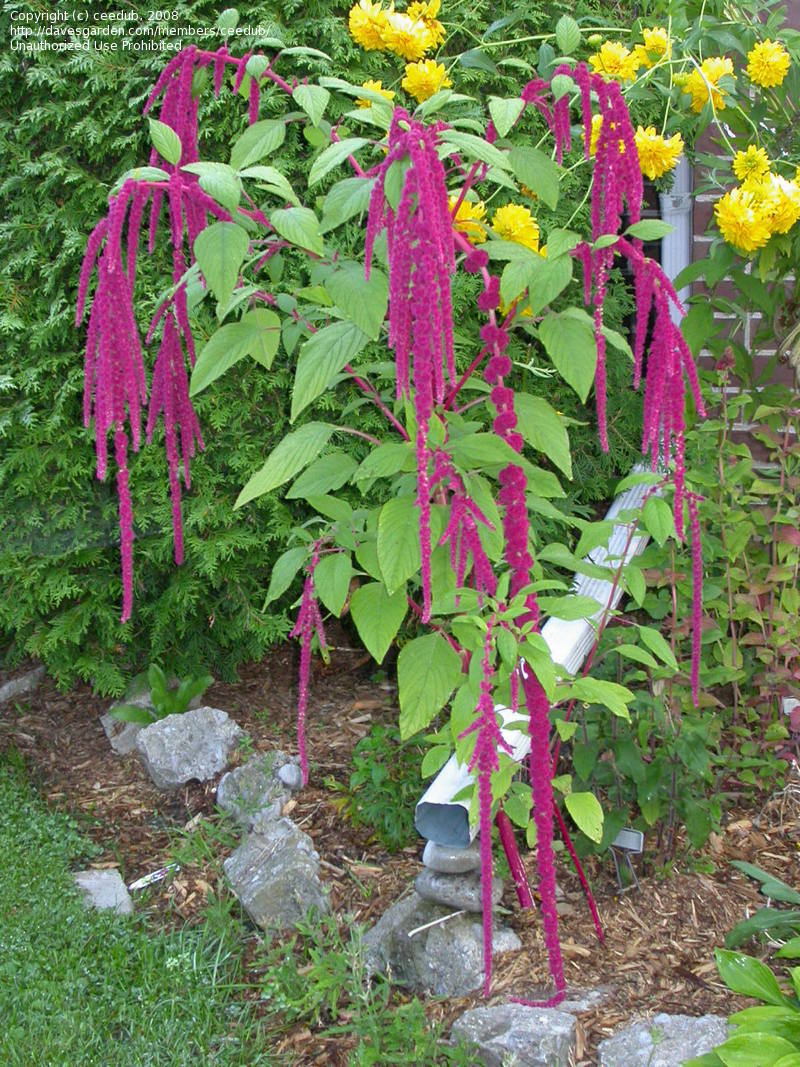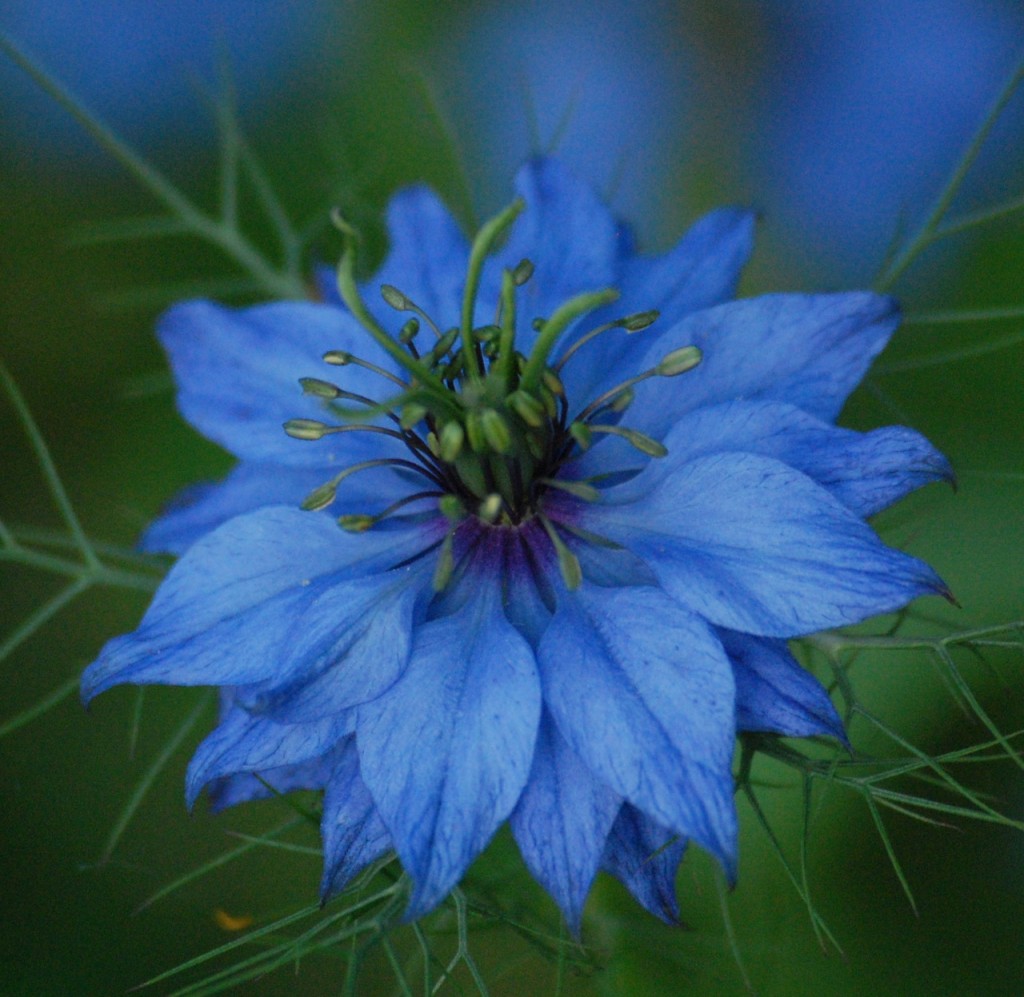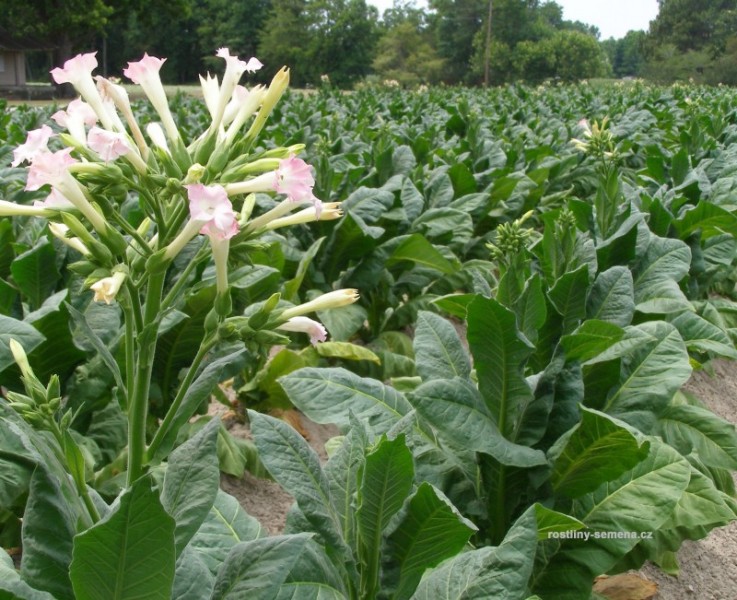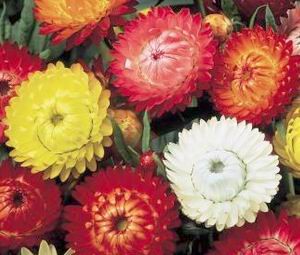The Canterbury Bell has been grown in British gardens for hundreds of year. Above the wavy-edged, hairy leaves numerous spikes of bell-shaped flowers appear. The blooms may be single, semi-double or double and the colours range from white and rose to mauve and blue. Protect the plants from slugs in winter – stake the stems…
Category: Flower
CALLISTEPHUS (China Aster, Annual Aster)
Chinese Asters (C. chinensis) provided late summer and autumn colour in flower beds and long-lasting blooms for indoor decoration. The leaves are hairy and deeply lobed, and the flowers look like large Daisies or small Chrysanthemums. You will find a bewildering selection in the seed catalogues – dwarf and tall, single and double, and a…
CALENDULA (Pot Marigold)
This old garden plant was once widely used as a kitchen herb but now it is grown as a trouble-free, summer-flowering annual. Like radishes in the vegetable garden, the Pot Marigold is a favourite starter plant for young children. A pinch of seed in spring and in about 10 weeks masses of flowers appear above…
CALCEOLARIA (Slipper Flower)
The Slipper Flower was a favourite bedding plant in Victorian times but it is no longer popular. You will find only one or two varieties listed in the seed catalogues and some books on garden annuals don’t even mention them. But the bright masses of pouched flowers provide a colourful display all summer long when…
BELLIS (Daisy)
The familiar Daisy on the lawn has given rise to a large number of garden varieties over the years. There are red and pink ones as well as the native white colour, and there are double varieties in which the central yellow disc has been obliterated. Daisies are useful for edging beds and for planting…
BEGONIA (Bedding Begonia)
The Bedding or Fibrous-rooted Begonia is one of the most useful of all summer bedding plants because it can thrive where most annuals are distinctly unhappy – in the shade under trees. The plants will provided rich colour even when they are in shadow for much of the day provided you follow these rules –…
BARTONIA (Blazing Star)
If you have sandy soil, this easy-to-grow plant is an excellent choice. The glistening yellow flowers are 2 in. across and are borne in profusion throughout the summer. The feathery stamens and golden petals give the plant the appearance of a miniature St. John’s Wort, and this annual from California to be much more widely…
ALYSSUM (Sweet Alyssum )
Some experts feel that too much Alyssum is grown, but without it many of our small gardens would be poorer. The dwarf cushions are covered with tiny, honey-scented flowers throughout the summer, and it is used to edge flower beds, fill the spaces between paving stones, cover bare patches in rockeries and clothe window boxes….
ALTHAEA (Hollyhock)
The familiar Hollyhock is the giant of the flower garden, its tall spires of large, funnel-shaped flowers providing summer colour at the back of herbaceous borders or in cottage gardens. Nearly all colours apart from blue are available. It can be grown as a perennial but rust disease soon ruins older plants – it is…
AGROSTEMMA (Corn Cockle)
Corn Cockle is not a popular garden flower, and it is even less popular with the farmer when it appears as a weed in his fields. But it is an excellent cottage garden plant, bearing large flowers on top of slender stems which withstand both wind and rain. The Corn Cockle is recommended for cutting….
AGERATUM
Ageratum is seen everywhere during the summer months. The compact plants and the neat powder-puff flowers cover bare patches in borders, edge formal beds and brighten up window boxes. This popularity is largely due to the free-flowering habit and the long flowering season. The display will last until the frosts arrive if you dead-head regularly…
ACROCLINIUM (Everlasting Flower)
This Australian flower is often called Acroclinium in the seed catalogues, but its proper latin name is Helipterum. The strawy-petalled, Daisy-like flowers are borne on slender stems, and they belong to a group of ‘everlasting’ flowers which can be cut and dried for winter decoration. The blooms may be single, semi-double or double. VARIETIES: You…
ARCTOTIS (African Daisy)
A showy plant with large Daisy-like flowers borne on long stems. These flowers are often recommended for cutting, although they close in the evening. When the plants are about 5 in. high, pinch out the growing points to encourage bushiness. If you dead-head regularly and support the stems with twigs the eye-catching display should last…
ANTIRRHINUM (Snapdragon)
As children we learnt to recognize the tall spike of the simple Snapdragon with its lipped tubular flowers, but these days there is a wide variety of flower shapes, colours and plant heights. This garden favourite is really a perennial which will withstand short periods of frost, but it is usually grown as a half…
ANCHUSA
Anchusa is usually grown as a perennial in the herbaceous border, but there is a dwarf annual species which is excellent for bedding or window boxes. The bushy plant bears branching stems which are covered with starry blue flowers in midsummer. The secrets of success are to dead-head regularly, keep well watered and spray against…
AMARANTHUS (Love-lies-bleeding)
The standard way to use Love-lies-bleeding is to plant one or a small group as a centrepiece in a formal beedding scheme. During the summer months the 18 in. long tassels of tiny blooms are a spectactacular feature, recommended for use in flower arrangements. Keep the plants well watered during dry spells to prolong flower…
NIGELLA (Love-in-a-mist)
Love-in-a-mist aptly describes the misty blue flowers which lie half-hidden within the finely-cut foliage. It has been grown in our garden since Elizabethan times, although nowadays we can grow multicoloured mixtures as well as the traditional cornflower blue. Nigella is easily grown, but for fine bushy plants you should dig compost into the soil before…
NICOTIANA (Tobacco Plant )
Nicotiana alata ( also called N. affinis ) has been grown as a garden flower by generations of gardeners who have valued its intense evening fragrance. In the old days it was not particularly decorative – the tall stems needed staking and the flowers closed during the day, but nowadays there are dwarf varieties and…
HELIANTHUS (Sunflower )
The word ‘Sun flower’ conjures up a picture of a coarse giant of a plant with yellow plate-like flowers. These mammoths will de grown as long as children and competitions exist, but for general garden display there are these days more compact and attractive varieties. Sow two or three seeds at each planting position –…
HELICHRYSUM (Star Flower)
Helichrysum is the most popular of the ‘everlasting’ flowers which look like double Daisies and bear strawy petals. It is popularly called the Straw Flower or Immortelle, and is prepared for indoor decoration by cutting just before the flowers are fully open. Tie the stems in bunches and hang upside down in a cool place…

